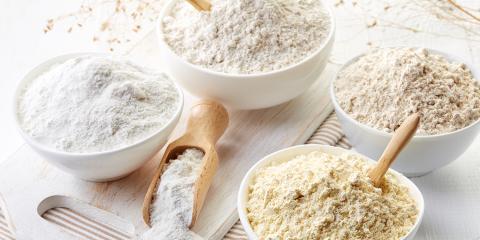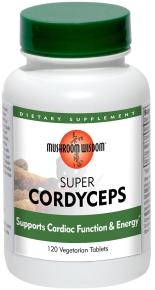Back in 1981, Norman Rosenthal, a researcher at the National Institute of Mental Health, thought he’d identified a very rare syndrome.
He determined that some people were plagued by severe depression that came on in the fall as daylight hours dwindled, and lifted with the arrival of longer days in spring.
He was half right: Rosenthal was indeed homing in on a type of depression with a specific trigger—he named it “seasonal affective disorder,” or SAD. But a call for people experiencing the symptoms drew 3,000 responses rather than the handful he expected.
Today it’s estimated that more than 10 million Americans suffer from SAD.
Seasonal Affective Disorder
When daylight hours drop, so does your mood if you’re affected by SAD or its milder sibling known as the winter blues.
What Causes SAD?
Researchers believe the decrease in exposure to sunlight slows the release of serotonin, a brain chemical that regulates mood. The hormone melatonin, which modulates your circadian rhythms, plays a part too. The body secretes melatonin when the sun goes down, making you sleepy.
Who is at Risk of SAD?
People who are more susceptible to SAD include women, those aged 15 to 55, and those who:
- have a family history of wintertime depression
- live in places where days are short in the winter months
- have been diagnosed with depression or bipolar disorder
What Are The Symptoms of SAD?
If you have SAD, you’re likely to feel down and hopeless, have trouble concentrating and interacting with others, and crave carbohydrates.
Treating and Managing SAD
Check with your physician to determine the best course of action, and make this winter a happy one.
-
Light Therapy
To combat depression brought on by the dark days of winter, the first step is light therapy—treatment with fluorescent or incandescent lamps that replicate sunlight or a brightening sunrise.
2,500 to 10,000 lux for 30 to 60 minutes a day is usually effective. Talk with your physician about the best approach.
-
Alternative Therapy
Some people also benefit from acupuncture, yoga, meditation, guided imagery, or massage.
-
Supplements
A number of supplements are used to beat back the winter blues and SAD. Try these to keep SAD at bay.
Remember, supplements can sometimes interact with medications, and severe depression should be treated by a doctor.
-
Vitamin D
Vitamin D supplementation is helpful for some SAD sufferers: Taking 2,000 IU daily can keep neurotransmitters in balance.
-
St. John’s Wort
Long used to treat a range of conditions including nervous system disorders, St. John’s wort has been shown to help people with mild to moderate (but not severe) depression.
Studies show it may work as well as prescription medications, without some of the side effects.
Research also indicates that St. John’s wort is even more effective in treating SAD when paired with light therapy.
-
SAMe
A compound found in the body, S-adenosylmethionine, or SAMe, may be as effective as antidepressants without some of their side effects—and it may work more quickly.
SAMe aids in the production and breakdown of brain chemicals like serotonin, melatonin, and dopamine. Scientists think it works by increasing the amount of serotonin in the brain.
-
Melatonin
When summer changes to fall and fall transitions into winter, the levels of melatonin in your body may change as well.
More studies are needed, but supplementation with melatonin may provide relief to some people with depression that comes on in the cold months.
-
Omega-3 Fatty Acids
Supplementing with omega 3s could reduce mild to moderate depression.
Omega 3s are key to brain function, and people with depression may have low levels of the omega 3s eicosapentaenoic acid (EPA) and docosahexaenoic acid (DHA).
Some studies indicate that people who take prescription medication for depression may find increased relief if they also supplement with omega 3s.
-




